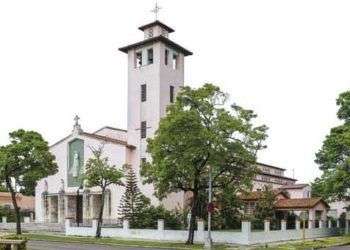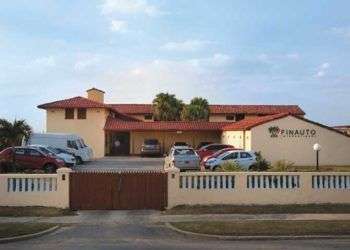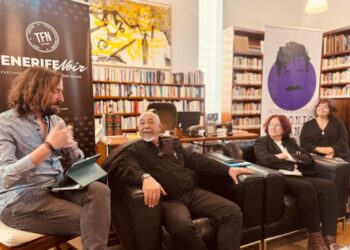Routes and Walks in Miramar
This summer, one of the new features of Rutas y Andares (Routes and Walks), a Havana City Historian’s Office project now in its 13th year, involves three guided tours of the Miramar neighborhood in the municipality of Playa called “Young People Show Off their City.” The walks will be held on August 2, 9 and 16, led by students and professors from the Architecture Department of the University of Havana, and organized by the Casa de las Tejas Verdes, a center for the promotion of modern and contemporary architecture, urban planning and interior design. The first tour—which ends at the Pabellón de la Maqueta de La Habana, a scale model of the city—includes some of the most important examples of architectural modernism in the area: the former Colegio La Salle, now the Pablo de la Torriente Brau Polytechnic Institute; the former homes of architects Enrique Borges, Miguel Gastón Martín and Max Borges Recio, which now house an embassy, restaurant and business, respectively; the home of the Falla Bonet family, designed by architect Eugenio Batista, a notable exponent of the local tradition/international codes connection; the building that housed the apartments of Indalecio Pertierra (former owner of the Montmarte cabaret), now the...






